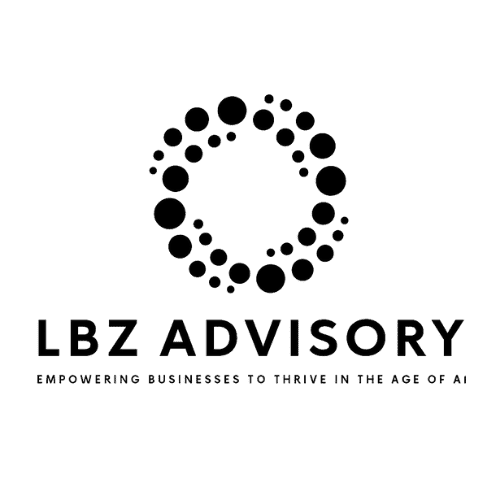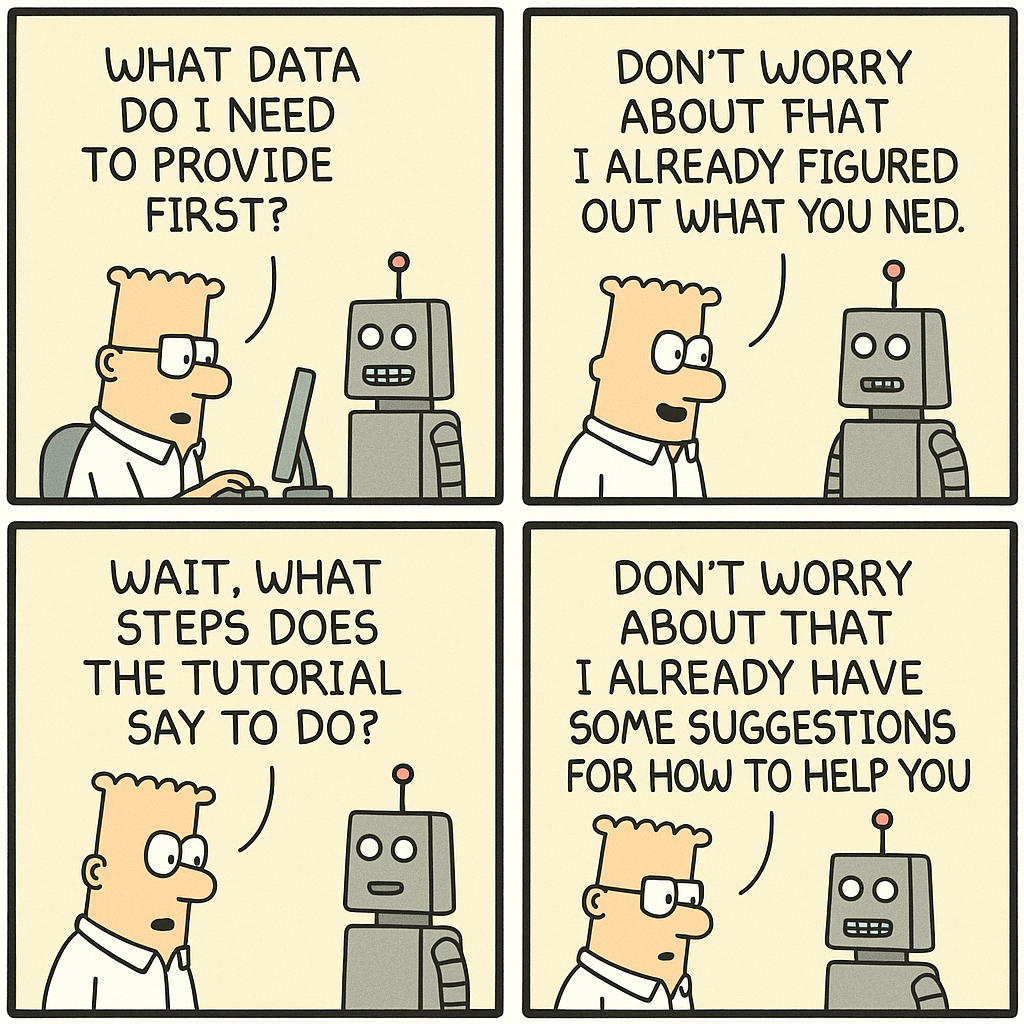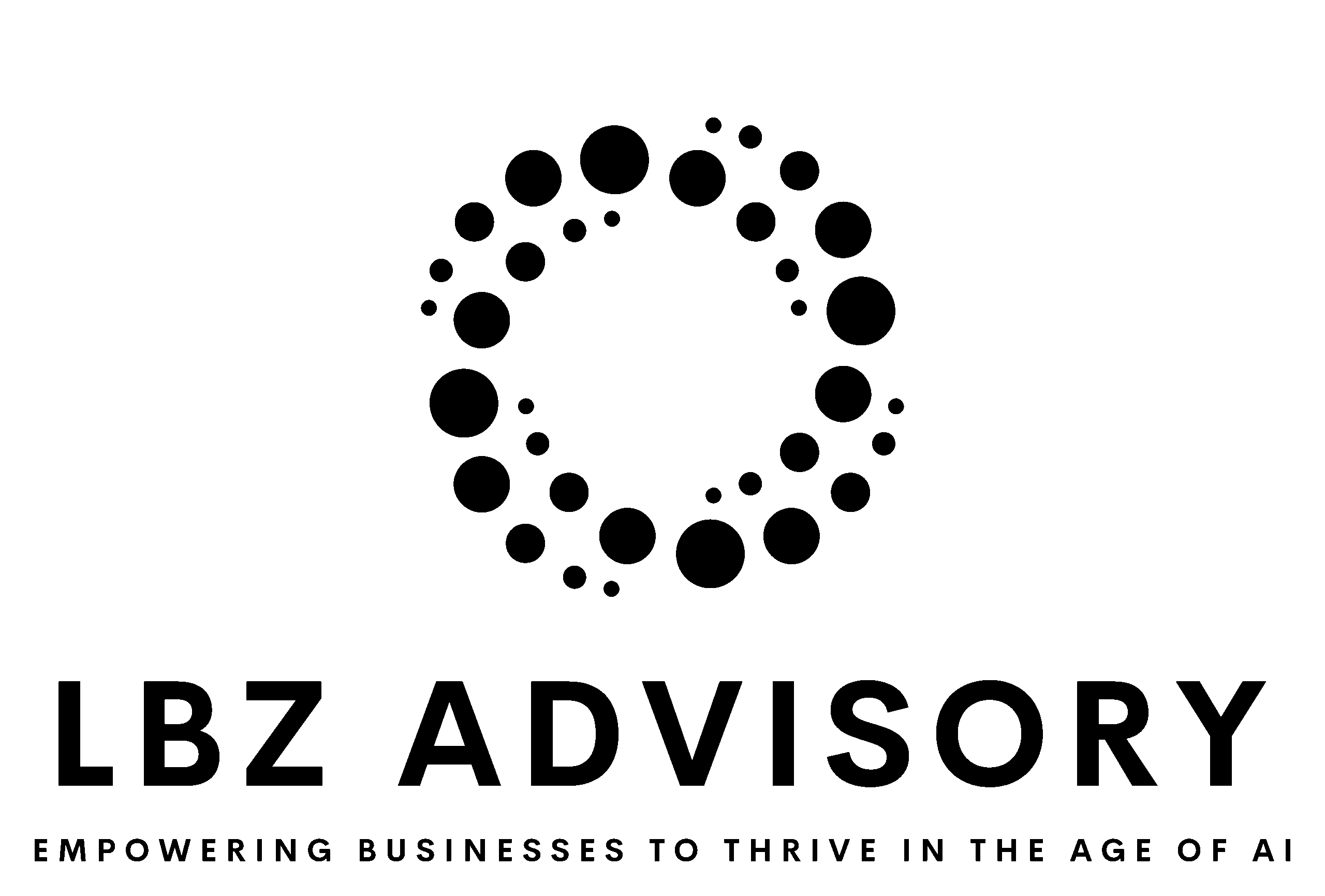Generative AI (Gen AI) is fundamentally reshaping enterprise software by breaking down silos, enhancing automation, and enabling more adaptive, intelligent systems. Where traditional SaaS solutions for inventory, procurement, CRM, logistics, and other back-end tasks operated as standalone platforms with rigid workflows, Gen AI integrates these functions into more cohesive, predictive, and responsive ecosystems. It does this by leveraging natural language processing, predictive modeling, and real-time data synthesis to streamline operations and deliver actionable insights. Let’s explore how this is happening.
1. Inventory Management
Traditional SaaS: Tools like NetSuite or Fishbowl provided static inventory tracking, requiring manual updates or basic rule-based alerts (e.g., “reorder when stock hits 50 units”). Gen AI Impact: Gen AI transforms inventory management by predicting demand, optimizing stock levels, and automating reorder processes dynamically.
- Example: A retailer using a Gen AI-powered platform like Blue Yonder or IBM Sterling integrates historical sales data, weather forecasts, and social media trends (e.g., a viral TikTok product mention) to predict a 30% spike in demand for a specific item. The system automatically adjusts inventory across warehouses, suggests bulk discounts from suppliers, and even drafts purchase orders—all without human input.
- Tangible Outcome: Reduced overstock by 15% and stockouts by 20%, saving millions in carrying costs and lost sales.
2. Procurement (Buying)
Traditional SaaS: Procurement tools like Coupa or SAP Ariba focused on workflow automation—approvals, vendor management—but lacked deep foresight. Gen AI Impact: Gen AI analyzes market trends, supplier reliability, and internal needs to negotiate better deals and anticipate supply chain disruptions.
- Example: A manufacturing firm uses a Gen AI-enhanced procurement system that scans global commodity prices, supplier X posts about production delays, and geopolitical news (e.g., a port strike). It recommends switching to a local supplier for critical components, negotiates a 10% discount based on competitor pricing data, and adjusts delivery schedules—all in real time.
- Tangible Outcome: Cut procurement costs by 12% and avoided a week-long production halt.
3. Customer Relationship Management (CRM)
Traditional SaaS: Salesforce or HubSpot tracked customer interactions and sales pipelines but relied heavily on manual data entry and basic analytics. Gen AI Impact: Gen AI personalizes customer engagement, automates follow-ups, and predicts churn with unprecedented accuracy.
- Example: A B2B software company uses a Gen AI-driven CRM (e.g., Salesforce Einstein upgraded with Gen AI) that analyzes email tones, call transcripts, and a client’s X posts complaining about a competitor. It drafts a tailored outreach email offering a discount, schedules a demo based on the client’s calendar, and flags the account as “high churn risk” with a 78% confidence score.
- Tangible Outcome: Increased retention by 18% and boosted upsell revenue by 25%.
4. Logistics
Traditional SaaS: Tools like ShipStation or Oracle Logistics managed shipping and tracking but couldn’t adapt to real-time disruptions. Gen AI Impact: Gen AI optimizes routes, predicts delays, and integrates multi-modal transport options dynamically.
- Example: A logistics firm uses a Gen AI system like FourKites or Flexport, which processes live traffic data, weather updates, and X posts about a highway closure. It reroutes trucks to avoid a 3-hour delay, consolidates shipments to reduce carbon footprint, and notifies customers of updated ETAs via auto-generated messages.
- Tangible Outcome: Reduced delivery times by 10% and fuel costs by 8%.
5. Cross-Functional Integration (Breaking the Silos)
Traditional SaaS: Each function lived in its own world—inventory didn’t talk to CRM, procurement didn’t sync with logistics—leading to inefficiencies. Gen AI Impact: Gen AI acts as a “central brain,” connecting disparate systems via natural language interfaces and shared data models.
- Example: A consumer goods company uses a Gen AI platform like Microsoft Dynamics 365 Copilot, which integrates inventory, CRM, and logistics. When a large order comes in, the system checks stock levels, confirms with the warehouse, updates the CRM with delivery timelines, and alerts procurement to restock raw materials—all in one seamless flow. The sales team gets a real-time dashboard showing the order’s status, while the logistics team receives optimized shipping instructions.
- Tangible Outcome: Cut order-to-delivery time by 30% and reduced inter-departmental miscommunication by 40%.
Broader Trends and Benefits
- Conversational Interfaces: Employees can now query systems naturally—“What’s the status of Order #12345?”—and Gen AI pulls data across platforms to respond, reducing training time for tools like SAP or Oracle.
- Proactive Decision-Making: Instead of reacting to low stock or late shipments, Gen AI predicts issues and suggests fixes before they escalate.
- Customization at Scale: Enterprises can fine-tune Gen AI models to their specific workflows, unlike the one-size-fits-all approach of older SaaS.
Challenges to Note
- Data Quality: Gen AI relies on clean, unified data—legacy systems with messy inputs can hinder its effectiveness.
- Cost: Initial integration of Gen AI into existing SaaS stacks can be expensive, though long-term ROI is compelling.
- Adoption: Employees accustomed to rigid SaaS tools may resist AI-driven changes.
In summary, Gen AI is collapsing the boundaries between enterprise functions, turning rigid SaaS tools into dynamic, interconnected systems. Companies adopting this tech—like Walmart with its AI-driven supply chain or Salesforce customers using Einstein GPT—are already seeing measurable gains in efficiency, cost savings, and customer satisfaction. The era of isolated back-end solutions is fading fast.
















